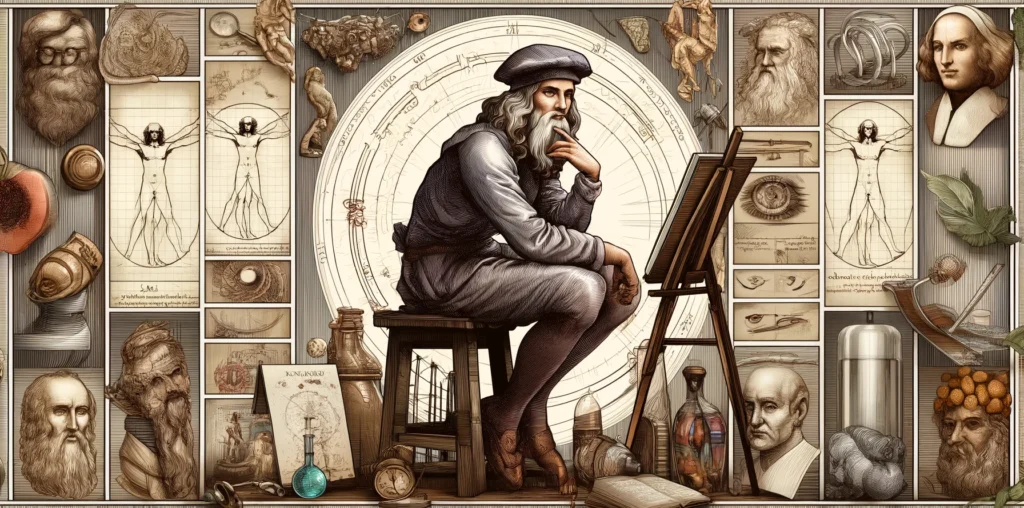Leonardo da Vinci: The Renaissance Polymath
Leonardo da Vinci, born in 1452 and passing away in 1519, is widely regarded as one of the most influential figures of the Renaissance period. His remarkable talents spanned across various fields, making him a true polymath of his time. From invention to painting, sculpting to architecture, science to music, mathematics to engineering, literature to anatomy, geology to astronomy, botany to writing, history to cartography, da Vinci’s curiosity knew no bounds.
The Artistic Genius
Leonardo da Vinci’s artistic prowess is legendary. He is hailed as one of the greatest painters of all time, with his works continuing to captivate audiences even centuries later. From the iconic “Mona Lisa” to “The Last Supper,” his paintings are celebrated for their masterful technique, attention to detail, and emotional depth.
But da Vinci’s artistic talents extended far beyond painting. He was also a skilled sculptor, creating intricate and lifelike sculptures that showcased his keen understanding of human anatomy and form.
The Mind of a Scientist
While da Vinci’s artistic achievements are widely known, his contributions to science are equally remarkable. His insatiable curiosity and keen observation skills led him to make groundbreaking discoveries and advancements in various scientific fields.
Da Vinci’s interest in anatomy prompted him to dissect human bodies, enabling him to gain a deep understanding of the human form. His anatomical drawings are not only breathtaking in their accuracy but also served as invaluable resources for medical research.
In addition to anatomy, da Vinci also delved into the realms of geology, astronomy, and botany. His meticulous observations of rocks, celestial bodies, and plant life laid the foundation for future scientific discoveries.
The Inventor and Engineer
Da Vinci’s inventive mind was ahead of its time. He conceptualized and designed numerous inventions that were far beyond the technological capabilities of his era. From flying machines to armored vehicles, his sketches and blueprints showcased his visionary ideas.
His engineering prowess was evident in his architectural designs as well. Da Vinci’s innovative approach to architecture can be seen in his plans for structures such as the ideal city and the revolving bridge. Although many of his architectural designs were never realized, they demonstrated his ability to think outside the box and push the boundaries of traditional design.
The Legacy of Leonardo da Vinci
Leonardo da Vinci’s impact on the world cannot be overstated. His multidisciplinary approach and relentless pursuit of knowledge continue to inspire generations of artists, scientists, and thinkers.
His ability to seamlessly integrate art and science serves as a reminder that creativity knows no boundaries. Da Vinci’s legacy reminds us to embrace our curiosity, explore diverse fields, and constantly push the limits of our potential.
Leonardo da Vinci, the epitome of the Renaissance man, will forever be remembered as one of the most diversely talented individuals to have ever lived. His contributions to art, science, and innovation continue to shape our world, making him a true icon of human achievement.


